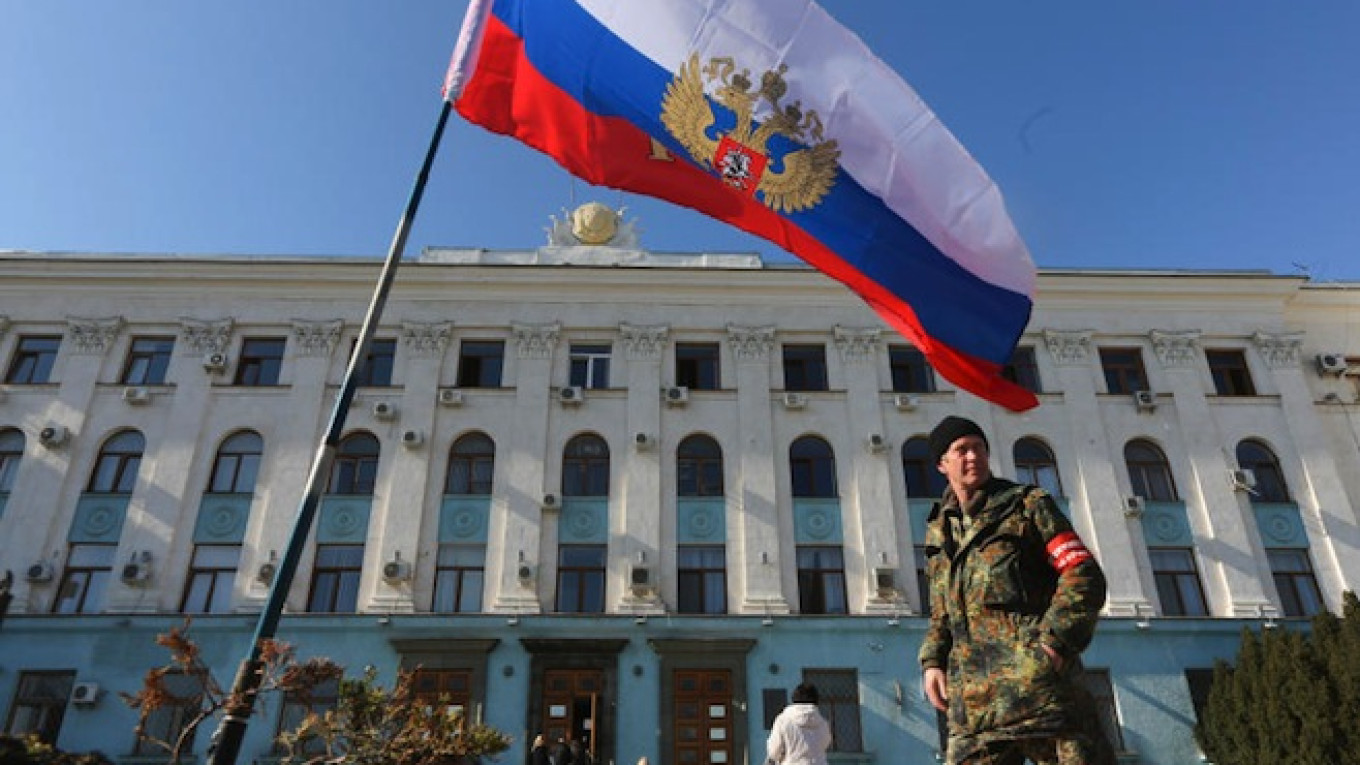Fifty-three out of Russia's 85 federal subjects saw their populations drop in 2015, the RBC news website reported Tuesday, citing official statistics data.
Last year, the number of regions with a shrinking population increased from 46 to 53 — the biggest jump since 2000, when Vladimir Putin first became president, the website reported.
In 40 out of those 53 regions, the population has been falling for the past 15 years. Among them are the Tula region, the Novgorod region, the Vladimir region and other federal subjects in Central Russia and the Far East.
According to data from Rosstat state statistics service, the population of Russia as of Jan. 1, 2016 stands at 146.52 million people, which is 0.17 percent more than a year ago but less than in January of 2000, when the number of Russian residents was estimated at 146.89 million, RBC reported.
In 2014, Russia added two new regions to its list of federal subjects — Crimea and Sevastopol — with a total population of 2 million people.
A Message from The Moscow Times:
Dear readers,
We are facing unprecedented challenges. Russia's Prosecutor General's Office has designated The Moscow Times as an "undesirable" organization, criminalizing our work and putting our staff at risk of prosecution. This follows our earlier unjust labeling as a "foreign agent."
These actions are direct attempts to silence independent journalism in Russia. The authorities claim our work "discredits the decisions of the Russian leadership." We see things differently: we strive to provide accurate, unbiased reporting on Russia.
We, the journalists of The Moscow Times, refuse to be silenced. But to continue our work, we need your help.
Your support, no matter how small, makes a world of difference. If you can, please support us monthly starting from just $2. It's quick to set up, and every contribution makes a significant impact.
By supporting The Moscow Times, you're defending open, independent journalism in the face of repression. Thank you for standing with us.
Remind me later.


